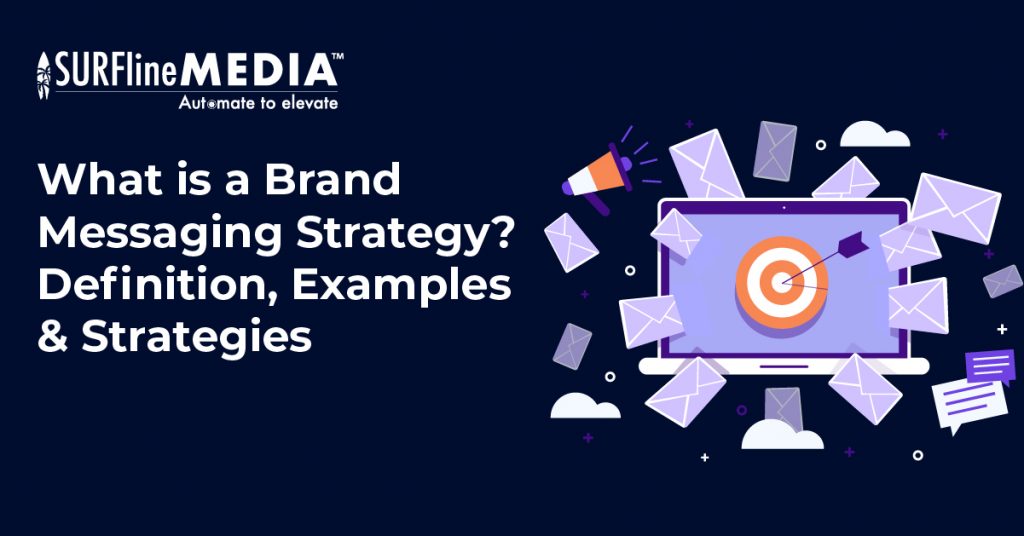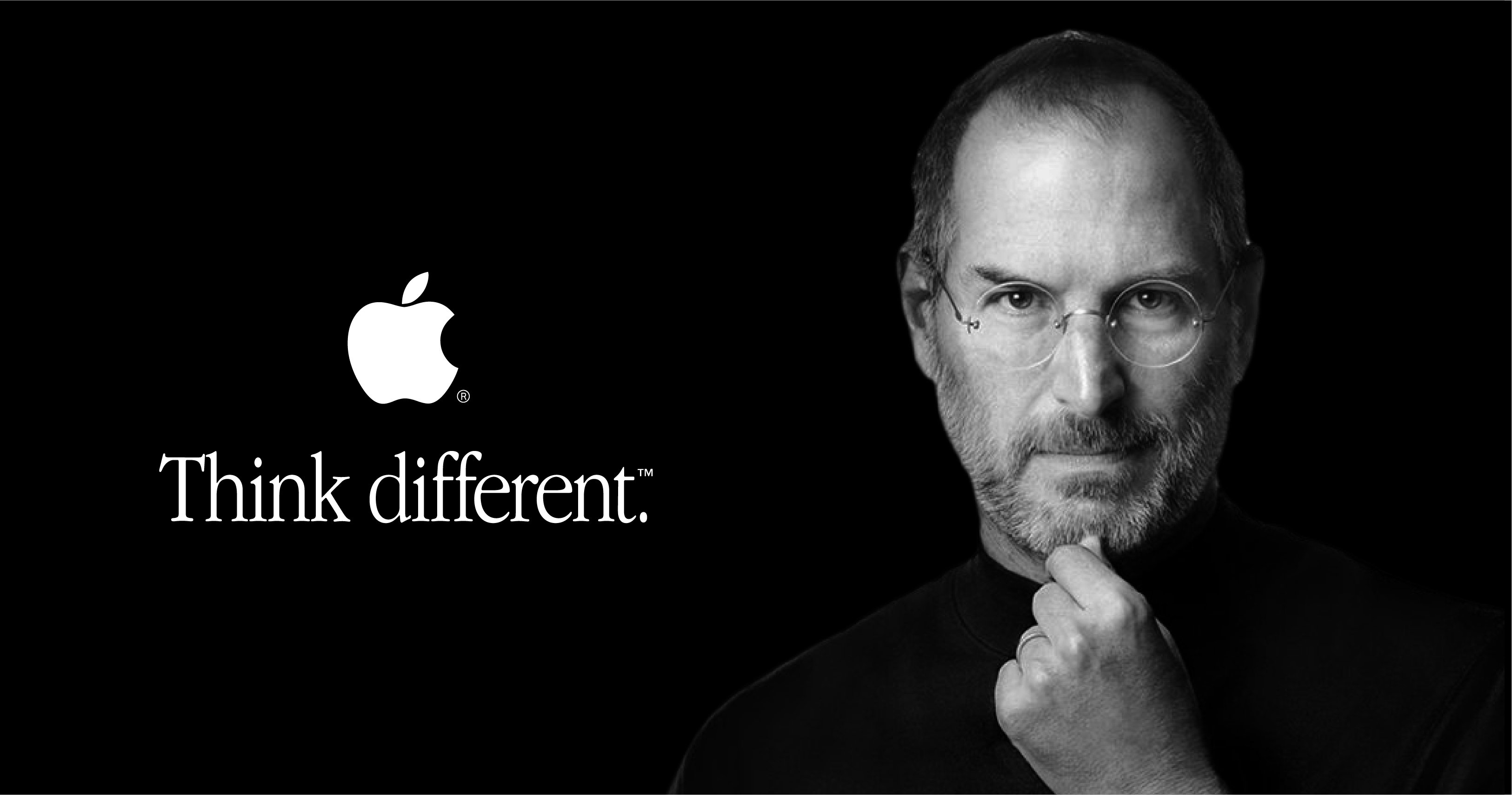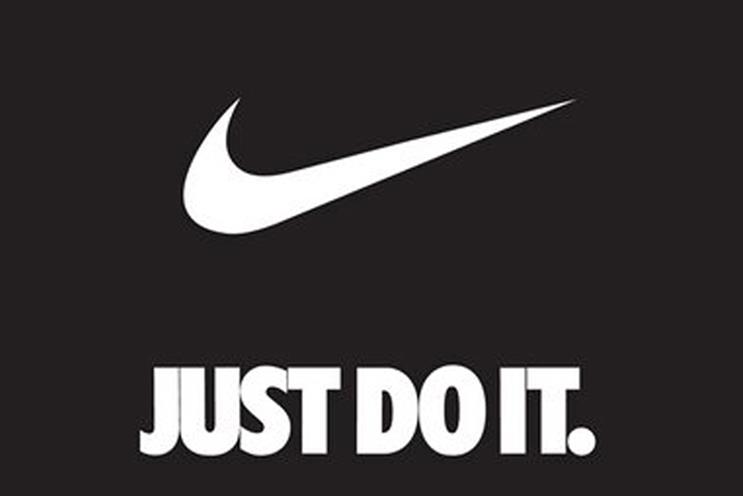

- October 4, 2023
- 4:40 pm
- No Comments
What is a Brand Messaging Strategy? Definition, Examples & Strategies
In today’s dynamic business landscape, a well-crafted brand messaging strategy is the linchpin that sets successful companies apart from the competition. It’s the North Star guiding every communication, the narrative that resonates with audiences, and the secret ingredient behind enduring brand loyalty. In this blog, we’ll delve deep into the world of brand messaging strategy, exploring its key components, roles, and real-life case studies.
1. What is a Brand Message Strategy?
A Brand Messaging Strategy is a carefully crafted plan that outlines how a company communicates its brand identity to its target audience. It serves as the foundation for all branding and marketing efforts, providing a clear and consistent message that resonates with customers and stakeholders.

A Brand Messaging Strategy is a carefully crafted plan that outlines how a company communicates its brand identity to its target audience.
At its core, a brand messaging strategy defines what your brand stands for, its unique value proposition, and the emotions it aims to evoke in consumers. It encompasses both verbal and visual elements, including taglines, slogans, mission statements, brand voice, and key messaging points.
This strategy is crucial for several reasons. Firstly, it ensures that all communication from your company is cohesive and aligned with your brand’s identity, building trust and credibility with your audience. Secondly, it helps differentiate your brand from competitors in a crowded marketplace. Lastly, it guides decision-making across various marketing channels, enabling you to create content, campaigns, and experiences that consistently reinforce your brand’s message.
2. The Role of Brand Messaging
2.1. Defining Brand Identity
Brand messaging strategy is the compass that defines a brand’s identity. It articulates the brand’s values, mission, and unique qualities in a concise manner. Through carefully crafted messaging, a brand communicates what it stands for, shaping the perceptions of its audience. This clarity establishes a strong foundation for the brand’s positioning in the market.
2.2. Building Consistency
Consistency in messaging is essential for brand recognition and recall. A well-defined brand messaging strategy ensures that every communication piece, from advertising to social media, aligns seamlessly with the brand’s identity. This consistency fosters trust, as consumers come to associate the brand with reliability and authenticity.
2.3. Creating Emotional Connections
Beyond facts and features, brand messaging strategy aims to connect with customers on an emotional level. Effective messaging taps into the emotions and aspirations of the target audience, forging deeper, more meaningful bonds. When a brand resonates emotionally with its customers, it can inspire loyalty and advocacy.
2.4. Setting Brand Apart
In a competitive landscape, distinctive messaging sets a brand apart. It highlights what makes the brand unique and why it’s the superior choice among alternatives. Effective messaging communicates the brand’s value proposition in a way that captures attention and positions it as a leader in its industry.
2.5. Guiding Marketing Efforts
Brand messaging serves as a guiding force for marketing teams. It informs the content, tone, and style of marketing campaigns, ensuring they align with the brand’s identity and resonate with the intended audience. This guidance ensures that marketing efforts are coherent and effective, conveying a consistent brand message across various channels and touchpoints.
3. How to Create a Brand Messaging Strategy
3.1. The Foundation: Know Your Audience
To begin crafting a powerful brand messaging strategy, start by intimately understanding your target audience. Develop detailed buyer personas that outline their demographics, behaviors, and pain points. Knowing who you’re speaking to is essential for tailoring your messaging to resonate with their needs and preferences. In this phase, research, surveys, and customer feedback are invaluable tools to gain insights into what makes your audience tick.
3.2. Creating a Unique Value Proposition
Your brand’s unique selling proposition (USP) is what sets you apart from competitors. Define what makes your products or services special and why customers should choose you. Develop a compelling value proposition that communicates your USP concisely. This statement should convey the unique benefits you offer and how they solve your audience’s problems or fulfill their desires.
3.3. Consistency Across Platforms
Consistency is key in brand messaging strategy. Ensure that your brand’s message remains uniform across all platforms with IMC plan, from your website to social media and advertising. Your tone, voice, and core messaging points should align to reinforce your brand identity. A consistent message builds trust and familiarity with your audience, making it easier for them to connect with your brand.
![What is Integrated Marketing? [Definition and case studies]](https://www.smartinsights.com/wp-content/uploads/2020/11/Customer-Lifecycle.png)
IMC (Integrated Marketing Communication) plan (source: Internet).
3.4. Storytelling for Emotional Connection
Effective brand messaging goes beyond listing features and benefits; it tells a story that resonates emotionally with your audience. Craft narratives that highlight your brand’s journey, values, and the positive impact you have on customers’ lives. Emotional storytelling engages and connects with people on a deeper level, creating lasting impressions and fostering brand loyalty.
3.5. Testing and Iteration
Once your brand messaging strategy is in place, it’s essential to continuously test and refine it. Gather feedback from customers and analyze performance metrics to understand what’s working and what needs improvement. Adapt your messaging based on these insights, keeping it relevant to changing market dynamics and customer preferences. The process of testing and iteration ensures that your brand’s message remains effective and resonates with your audience over time.
4. Case Studies: Successful Brand Message Examples
4.1. Case Study 1: Apple – “Think Different” Campaign
In the late 1990s, Apple faced a significant challenge as it struggled to regain its footing in the tech industry. Its market share was dwindling, and the brand was losing its luster. To address this crisis, Apple launched the groundbreaking “Think Different” campaign in 1997. The campaign was a masterstroke of branding and messaging strategy.

Apple launched the groundbreaking “Think Different” campaign in 1997 (source: Internet).
The “Think Different” campaign celebrated iconic figures from history who had challenged the status quo and made a lasting impact on the world. The message was clear: Apple was a brand for creative and innovative individuals who dared to think differently. The emotional depth and storytelling behind the campaign resonated deeply with consumers, striking a chord with those who identified with the idea of breaking boundaries and pursuing innovation.
The campaign successfully repositioned Apple as a brand that stood for more than just technology; it stood for a mindset of creativity, individuality, and pushing the boundaries of what’s possible.
4.2. Case Study 2: Nike – “Just Do It” Slogan
Nike‘s “Just Do It” slogan, introduced in 1988, is a legendary example of a brand message strategy that has stood the test of time. The brilliance of “Just Do It” lay in its simplicity and universality. It wasn’t just a slogan; it was a call to action, a mindset, and a philosophy. It inspired individuals to overcome obstacles, embrace challenges, and pursue their goals fearlessly. By associating the brand with high-profile athletes like Michael Jordan and Serena Williams, Nike further emphasized that “Just Do It” was more than just words; it was a way of life for those striving for excellence in sports and beyond.

Nike‘s “Just Do It” slogan, introduced in 1988, is a legendary example of a brand message strategy that has stood the test of time (source: Internet).
Over the decades, “Just Do It” has transcended its role as a marketing slogan to become a cultural touchstone. It has motivated and empowered people of all backgrounds to push their limits and achieve greatness. Nike’s ability to craft a brand message that resonates so deeply with consumers has solidified its position as a global leader in athletic apparel and footwear.
5. Conclusion
In the ever-evolving landscape of brand communication, a well-honed brand messaging strategy remains the cornerstone of success. It defines who you are as a brand, ensures consistency across platforms, and forges emotional connections that resonate with your audience. As you embark on your journey to craft and refine your brand messaging strategy, remember that Surfline Media is here to help. Our team of experts specializes in creating effective brand content and brand messaging services that captivate and engage. Whether you’re looking to refresh your brand identity or launch a new venture, our tailored solutions will ensure your message is not only heard but embraced. Contact Surfline Media today, and let’s embark on the path to crafting an unforgettable brand narrative together.
_______________________

Surfline Media – Automate to Elevate
Our website: https://surflinemedia.com/
Contact us: https://surflinemedia.com/contact-us/
Phone number: 877.358.9909
Email: [email protected]






